Supportive Regulatory Environment
A supportive regulatory environment is fostering growth in the Wearable Cardioverter Defibrillator Market. Regulatory bodies are increasingly recognizing the importance of wearable technology in healthcare, leading to streamlined approval processes for innovative devices. This regulatory support encourages manufacturers to invest in research and development, resulting in a wider array of products entering the market. Additionally, favorable reimbursement policies for wearable cardioverter defibrillators are enhancing their accessibility to patients. As regulations continue to evolve, the market is expected to expand, driven by the introduction of new technologies that meet regulatory standards and address the needs of patients and healthcare providers.
Rising Incidence of Cardiac Disorders
The increasing prevalence of cardiac disorders, such as arrhythmias and heart failure, is a primary driver for the Wearable Cardioverter Defibrillator Market. According to recent data, cardiovascular diseases account for a substantial portion of global mortality rates, prompting a heightened demand for effective monitoring and treatment solutions. As healthcare providers seek to improve patient outcomes, wearable cardioverter defibrillators are emerging as a viable option for continuous cardiac monitoring. This trend is likely to continue, as the aging population and lifestyle-related factors contribute to the rising incidence of heart conditions. Consequently, the market for wearable cardioverter defibrillators is expected to expand, driven by the need for innovative solutions that can provide timely interventions and enhance patient safety.
Increased Focus on Preventive Healthcare
The growing emphasis on preventive healthcare is driving the Wearable Cardioverter Defibrillator Market. As healthcare systems shift from reactive to proactive approaches, there is a heightened focus on early detection and intervention for cardiac issues. Wearable cardioverter defibrillators serve as essential tools in this paradigm, enabling patients to monitor their heart health continuously and alerting them to potential problems before they escalate. This proactive approach not only enhances patient outcomes but also reduces healthcare costs associated with emergency interventions. The market is likely to benefit from this trend, as more individuals and healthcare providers recognize the value of preventive measures in managing cardiovascular health.
Growing Demand for Remote Patient Monitoring
The shift towards remote patient monitoring is significantly influencing the Wearable Cardioverter Defibrillator Market. With the increasing emphasis on telehealth and home-based care, patients are seeking solutions that allow them to manage their health from the comfort of their homes. Wearable cardioverter defibrillators align with this trend by providing continuous monitoring and immediate feedback on cardiac health. This demand is further supported by healthcare systems aiming to reduce hospital readmissions and improve patient engagement. Market data indicates that the remote patient monitoring segment is expected to grow substantially, as more patients and providers recognize the benefits of wearable technology in managing chronic conditions. This trend is likely to propel the adoption of wearable cardioverter defibrillators in various healthcare settings.
Technological Innovations in Wearable Devices
Technological advancements play a crucial role in shaping the Wearable Cardioverter Defibrillator Market. Innovations in sensor technology, data analytics, and connectivity have led to the development of more sophisticated wearable devices. These advancements enable real-time monitoring of heart rhythms and provide immediate alerts to both patients and healthcare providers in case of irregularities. The integration of artificial intelligence and machine learning algorithms further enhances the predictive capabilities of these devices, allowing for proactive management of cardiac conditions. As technology continues to evolve, the market is likely to witness an influx of new products that offer improved functionality and user experience, thereby driving growth in the wearable cardioverter defibrillator sector.


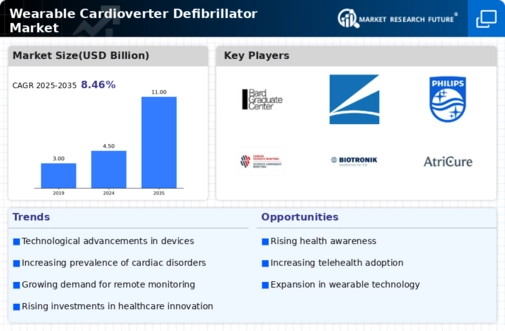
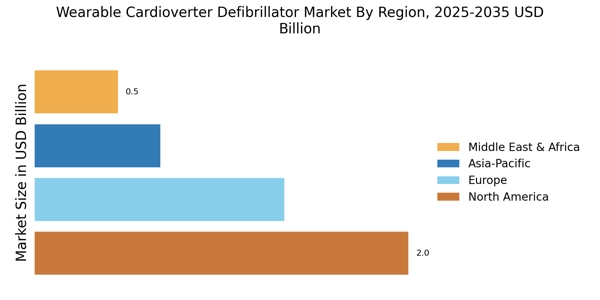

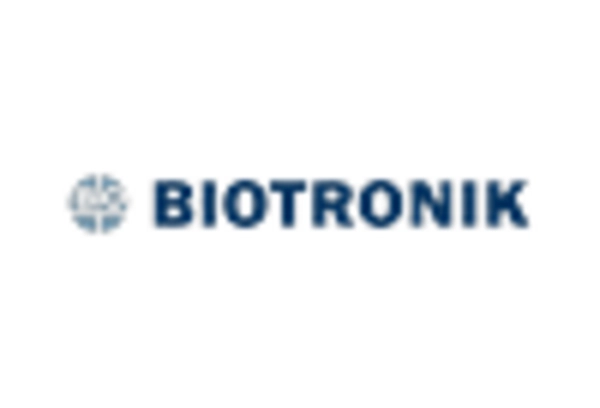

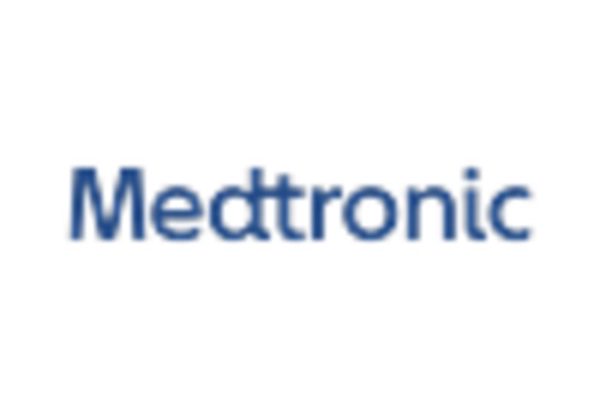
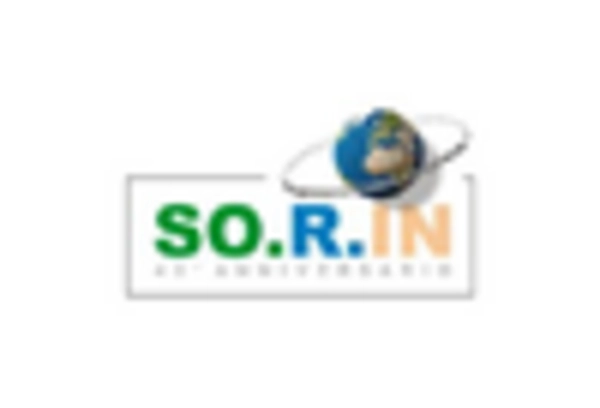
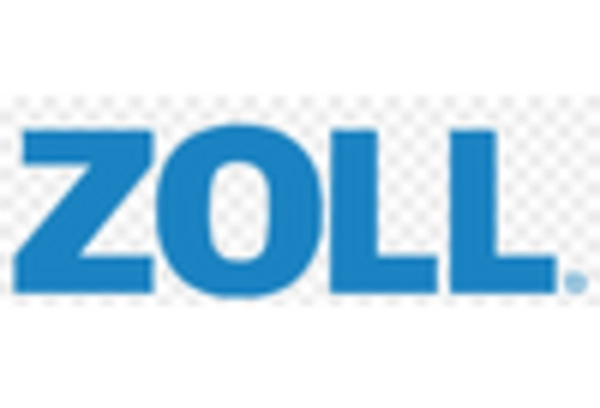








Leave a Comment